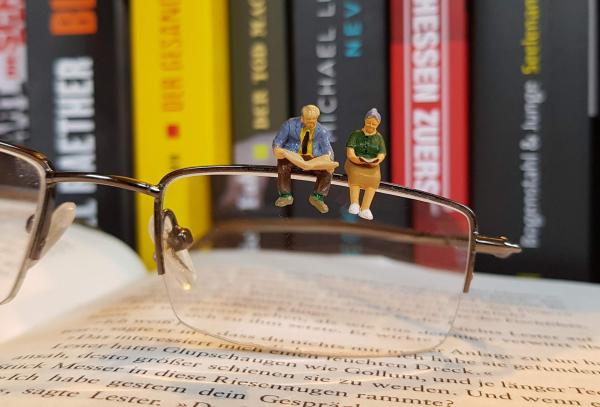Perhaps it is the fact that my grandson is visiting, but this piece from Marginalia caught my eye. It is the background story of Ferdinand the Bull, whom I first met as a child in the book and Disney short.
“In The Story of Ferdinand, a gentle-souled young misfit sits out the perpetual head-butting by which his peers hone their bull-skills, choosing instead to smell the flowers under his favorite cork tree in solitude. His mother, at first worried about his bullness, recognizes her son’s difference and trusts that he would find his way.
And so he does.”
From Marginalia, The Bittersweet Story of the Real-Life Peaceful Bull Who Inspired Munro Leaf and Robert Lawson’s Ferdinand
“The late geologist Dorothy Vitaliano coined the term geomythology in the 1960s to describe oral lore that explains peculiar landforms or references geological cataclysms—earthquakes, fires, floods, volcanic eruptions, diverted waterways, or the sudden emergence or disappearance of islands. Like most geologists, I once dismissed these accounts as imaginative fantasies. Embellished with supernatural details and shrouded in the language of myth, they rung no truer than science-fiction yarns about Martian colonies and cyborg races. There is some evidence, however, that many geomyths are in fact grounded in events that actually happened.”
Can we follow the science about Noah and the Ark? Perhaps not, but that doesn’t mean our cultural and scientific stories do not match up. From Nautil.us, The Real Landscapes of the Great Flood Myths
“How do we know what will be delicious in the future? It depends on who ‘we’ are. For Baby Boomers who didn’t grow up on a diet of Dune-style scenarios of competing for resources on a depleted planet, it was TV dinners, angel whips, and Tang – the instant powdered orange drink that became a hit after NASA included it on John Glenn’s Mercury spaceflight in 1962.
…more than 491 billion Oreos have been sold worldwide since 1912, making Oreos not only the best-selling cookie of all time but one of the best-selling brands. The Oreo is a fantastic case study in future deliciousness, because it is one of the most man-made foods in existence.”
What can Oreos teach us about future foods? From Psyche, What our fantasies about futuristic food say about us.
“Remember, too, the “euphemism treadmill” described by Harvard University psychology professor Steven Pinker, who explained in a 1994 Times Opinion essay: “People invent new ‘polite’ words to refer to emotionally laden or distasteful things, but the euphemism becomes tainted by association and the new one that must be found acquires its own negative connotations.” For example, the pathway from “crippled” to “handicapped” to “disabled” to “differently abled.” New words ultimately don’t leave freighted ideas behind; they merely take them on.”
As a writer, this immediately drew my intention, from NY Times columnist, John McWhorter, Every Day, We’re Told to Use New Lingo. What Does That Really Accomplish?




